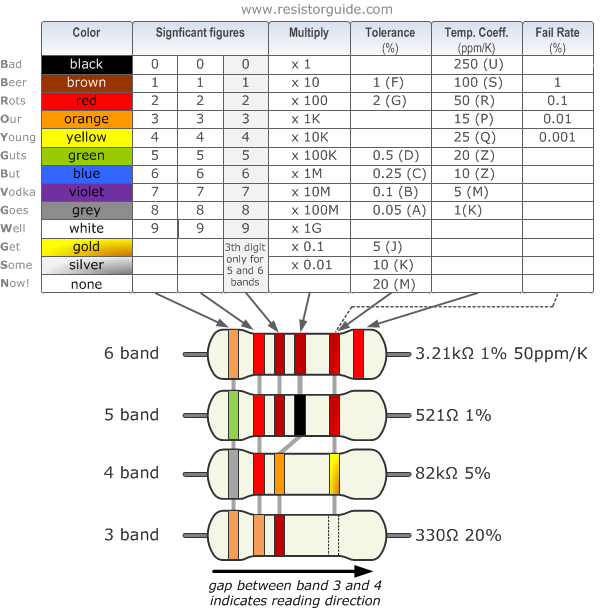What Happened?
Our 7-segment, 3-digit screen came in this week! Our group scrambled to add it to our board in the hour of class we had before prototype testing began. To assemble our counter using the clicker, we were using a combination of instructables, professor/FabLab advice, and our own tinkering. We were able to get a few segments of the display to light up, but the code we had was originally written for a 1-digit display. This caused one segment of each of the three digits to light up, but no one digit had a full set of segments filled in.
We explained our problem to the first group who analyzed our prototype. We also explained what we hoped to make the counter into – a fully functioning, light-sensitive and compact product that can be mounted on the door frames of local businesses. They gave us some good ideas about overall business ideas and how we should present the finalized product, but we still needed to fix the segment display and transition to the PIR sensors before we could apply any of their recommendations.
When the next group audited our prototype, Norman offered a ton of advice on how to connect the sensors, remove the mess of wires we have, and get the board to work with a new setup. He and his team are working on the planter that senses light and soil moisture and are also using an Arduino and 3-digit counter. Norman is someone who tinkers around with this tech a lot and has a knack for finding his own solutions – he helped us learn how to move away from the instructables and start to find our own solutions!
Why does it matter?
At first, I didn’t think having other groups prototype our product would be effective until we got all the code and wires working. However, the session was very helpful in refining our business ideas and what we will do to improve the product after we get it working. Also, we would have never gotten the help from Norman and his group if we hadn’t has this session! So thanks to both groups and especially to Norman for all of your help.
What are our next steps?
We will move forward with the light sensors – no more push button for us! Now, we need to modify the code to count up and down. We will do this by programming sensor 1 to count up if something passes in front of it, and sensor 2 to count down if something passes in front of it. This can be done with simple “if” statements in the Arduino code.
If we have enough time, we will look into placing the external memory on top of our Arduino, allowing the users to remove the SD card at the end of the work day and download all of that historical data.
Then, we will print a simple case for the system to cover the exposed wires and make the counter easier to attach to the door frame of a business.

